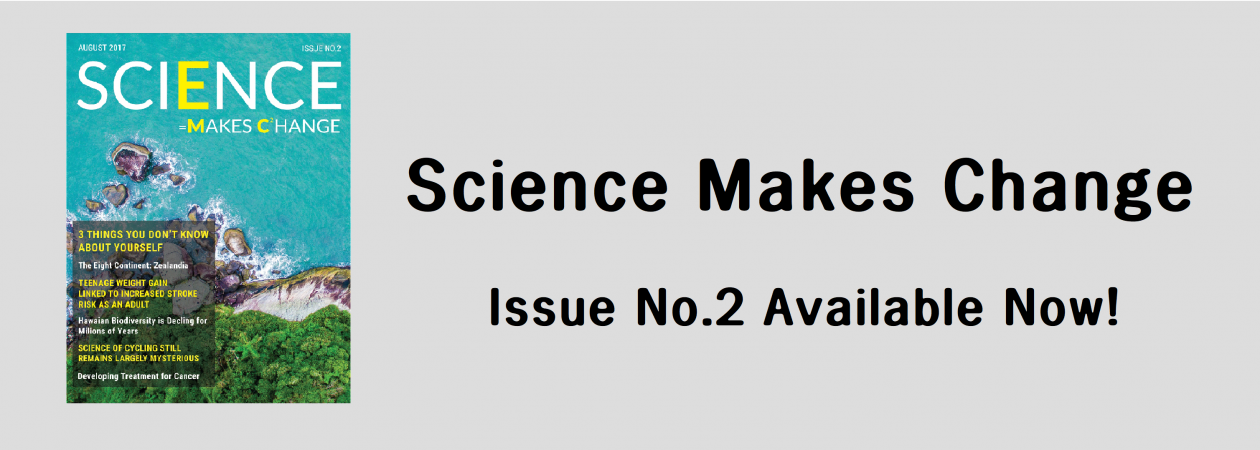Common beliefon evolution is that it took a linear direction. Most researchers and scientists believed that evolution began from their ape-like ancestors to modern Homo sapiens.
However, next –generation sequencing has brought about new discoveries that dispute this common belief. Viruses, were apparently a major role player in the shaping of evolution. The discovery of genetic material belonging to subspecies of the early humans has proven that evolution did not happen in a straight line.
The sequencing and discovery of new subspecies has led to scientists and researchers finding out that Neanderthals and modern humans interacted. Their interactions that occurred around 70,000 years ago led to interbreeding.
Viral infections on both sides were hence shared which enhanced evolution. Scientists believe that through interbreeding the Neanderthals and modern humans did not only pass on pathogens but also the genetic adaptations that enabled them to fight the pathogens.
Modern humans who lived in Africa had developed genetic adaptations that enabled them to fight most of the pathogens that resided in the area. The same applies for the Neanderthals that had lived in Eurasia for years. Therefore when the two groups interbred they shared their genetic adaptations and the pathogens enhancing the modern day Homo sapiens.
Scientists have confirmed that around a third of protein adaptations that occurred after humans split from the likes of apes was the body’s reaction to the viral infections acquired from the Neanderthals. Genes in modern humans have revealed that there are indeed traces of Neanderthal DNA. Also, the adaptive genes in the modern humans that protect the body against viruses are similar to those that existed in Neanderthals.
References
https://www.sciencedaily.com/releases/2018/10/181004112547.htm
